eXtensions - Thursday 19 June 2025
By Graham K. Rogers
![]()
Every engineering student in Thailand produces a final year project. Each year the Engineering Faculty displays posters of their efforts at the Prince Mahidol Hall. Several projects caught my eye this year. One was a novel way to detect eye problems in patients with diabetes, using AI.

Many people suffer from diabetes or related disorders. Some may just have high blood-sugar levels, but for those who progress to Type 2 or Type 1 diabetes, there are additional risks, leading to reduced bodily functions, potential disabilities and perhaps death. I am regularly tested for blood-sugar levels. The results help me keep my health under control.

At the recent Faculty of Engineering exhibition of posters from senior year capstone projects at the Princeton Mahidol Hall, Salaya, I was drawn to a project on diabetic retinopathy, initially by its title. One of the students at the small booth welcomed me. She explained the ideas behind the project and the equipment on display.
The student also asked me if I would like to be checked. I readily agreed.
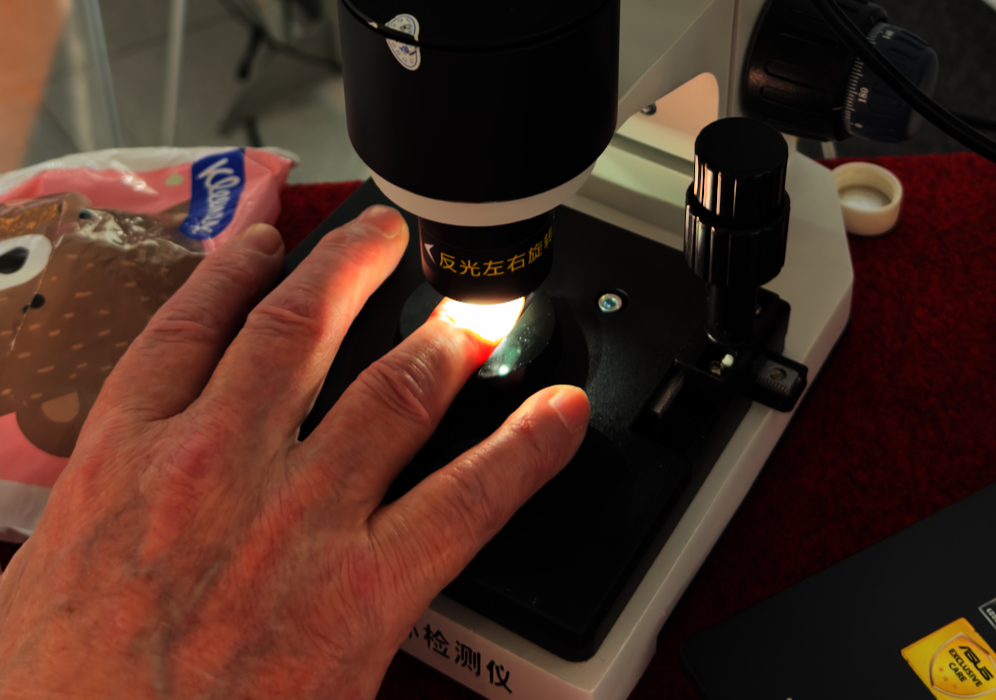
|
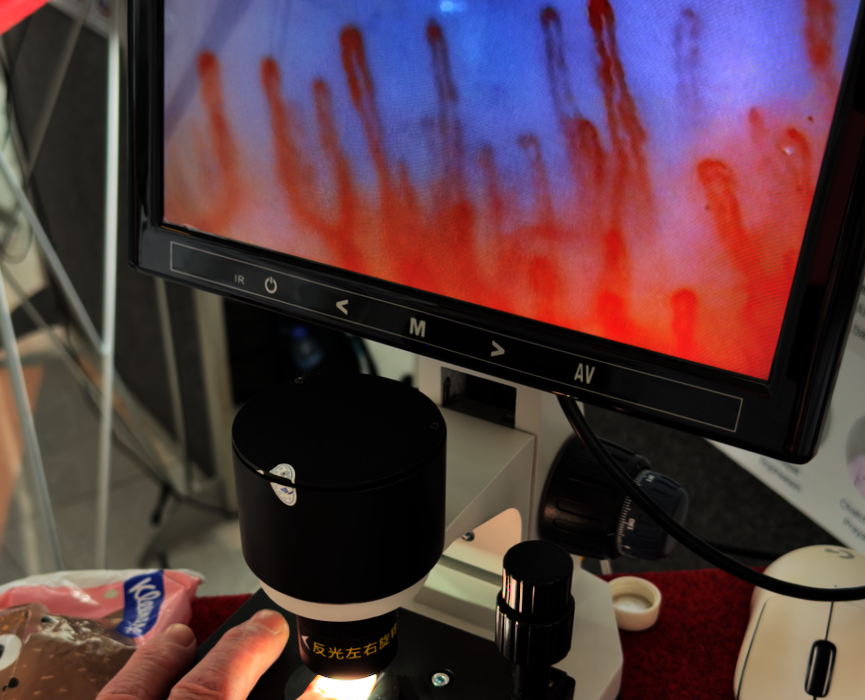
|
I put one of my fingers onto the location indicated by the student and in a short while an image of the cuticles, magnified 400 times, appeared on the screen. The student explained that there appeared to be no problem. I pressed her on the way she had assessed the image and she explained that in developing the project, the group had seen many images and that mine revealed little damage, so little risk of retinopathy. I was intrigued and later arranged to interview the group who were all students of the Biomedical Engineering International Program at the Faculty of Engineering.
My interest increased considerably when I sat down with a couple of members of the group and chatted with them about the project, which had had an interesting evolution. I was impressed with their enthusiasm and knowledge, confirming what I had guessed at the earlier presentation: these students were excited by the work they have done.
While deterioration of the eyes occurs in some sufferers of diabetes, mainly older patients, it may affect younger ones too. With regular testing, the early onset of retinopathy can be spotted, allowing for treatment. If not found, it can cause rapid deterioration of sight, perhaps leading to blindness. The current method of testing is slow and invasive, causing some discomfort for the patient. It also needs an expert to carry out the procedure. There is room for an alternative, and simpler test.

|
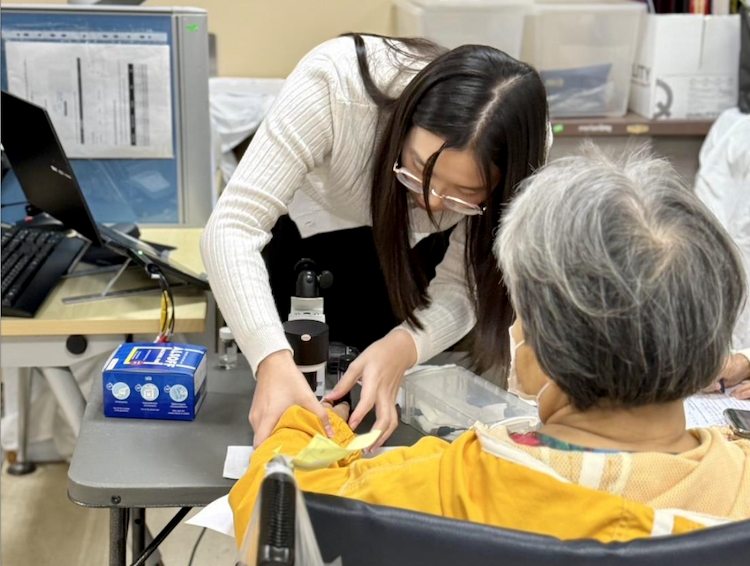
|
As with a number of projects at the Faculty of Engineering, the original stimulus comes from outside: either a suggestion, an idea for a project or, increasingly common, a request from an academic for engineering help. In this case, a physician at Siriraj Hospital, contacted Dr Phornphop Naiyanetr of the CardioArt lab of the Biomedical Department at the Faculty, for help with a diagnosis problem: using Artificial Intelligence (AI) when checking capillaries of patient's toes to see if there has been any deterioration of blood flow. He liaised with Dr. Titipat Achakulvisit who supervises the BioDat Lab (Biomedical and data). This lab, that collaborates with hospitals and the business sector, focuses on building tools using machine learning and data science to solve real world applications.

|
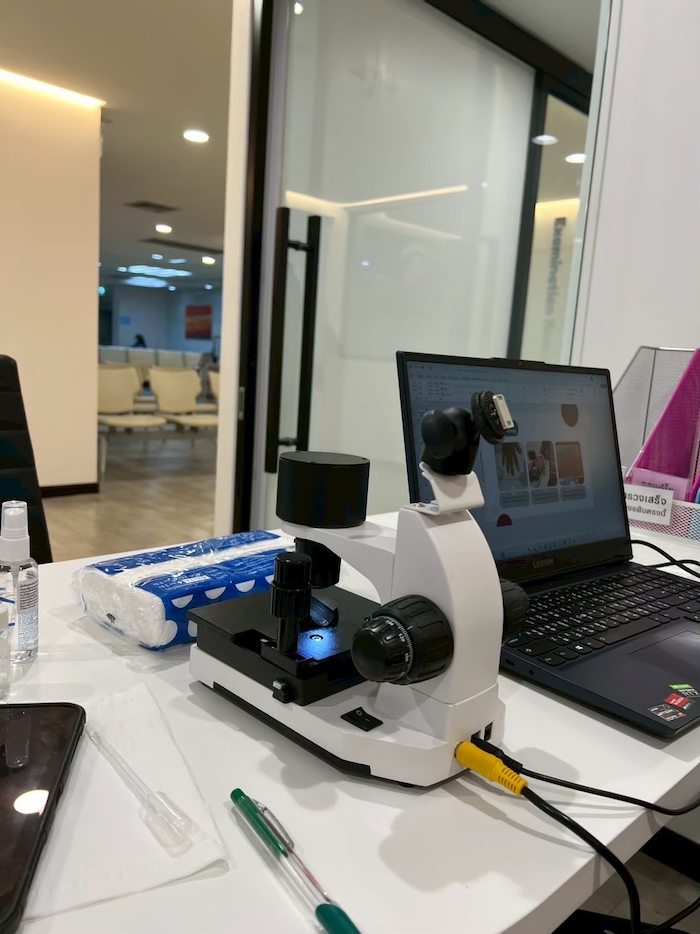
|
The members of the group were able to provide a solution for the initial problem fairly easily, but while they were working on that, they also saw another potential use of the original solution and checked previous research literature to confirm the correlation. They redirected the initial project to develop this non-invasive method of testing for diabetic retinopathy. While working on the solution, using Python to write the AI, they liaised with the specialist at Siriraj Hospital and were able to train the model with capillary images from some 400 subjects. 100 of the images were from healthy individuals, 100 from those with only diabetes mellitus (DM), 100 who had non-proliferative diabetic retinopathy (NPDR), and 100 with proliferative diabetic retinopathy (PDR).
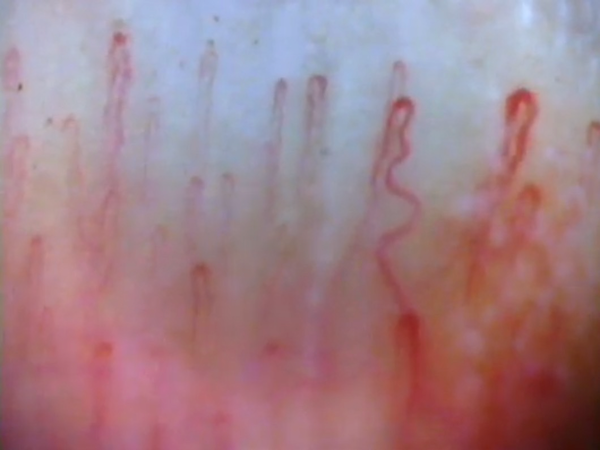
|
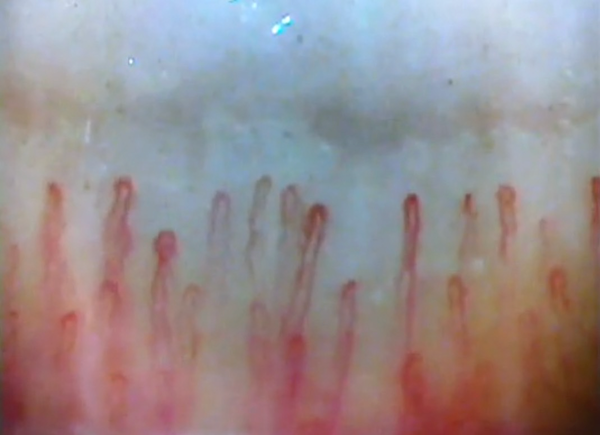
|

|
In the discussion the students suggested that the solution could be refined allowing the data to be combined with other information to detect any at-risk patient. They also added to the design of the interface. That now shows a summary of a patient's health bringing in other factors including weight, heart rate, blood pressure, respiration, et al. This use of videocapillaroscopy for diabetic patients in a real hospital environment would need further testing and approval from the Thai Food and Drug Administration, like its USA equivalent.
Over the last 30 years, the engineering departments of the Faculty of Engineering have worked to develop several real and potential solutions for problems in society. Research carried out by the students and lecturers has helped develop projects for medical, social, environmental and other areas, demonstrating the responsibility that guides the Faculty of Engineering at Mahidol University.
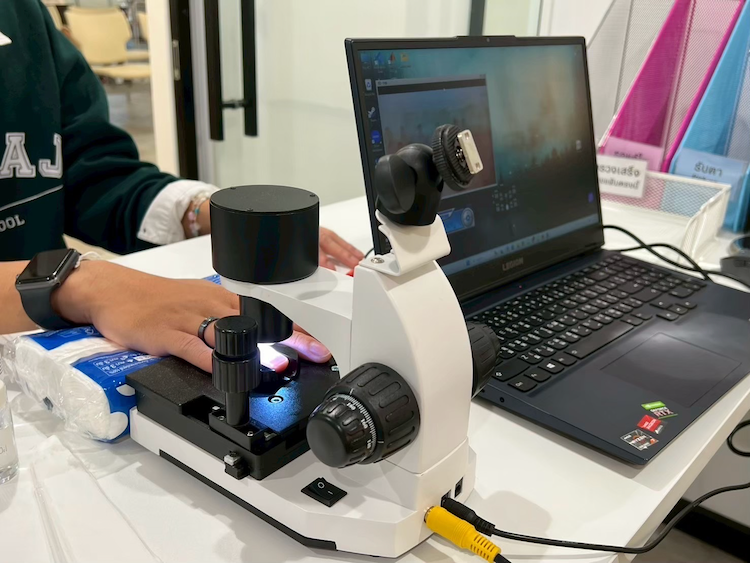
For more information:
Department of Biomedical Engineering
+66(0)2 889-4255
egbemahidol@gmail.com
Graham K. Rogers teaches at the Faculty of Engineering, Mahidol University in Thailand. He wrote in the Bangkok Post, Database supplement on IT subjects. For the last seven years of Database he wrote a column on Apple and Macs. After 3 years writing a column in the Life supplement, he is now no longer associated with the Bangkok Post. He can be followed on X (@extensions_th). The RSS feed for the articles is http://www.extensions.in.th/ext_link.xml - copy and paste into your feed reader.

For further information, e-mail to
Back to
eXtensions
Back to
Home Page